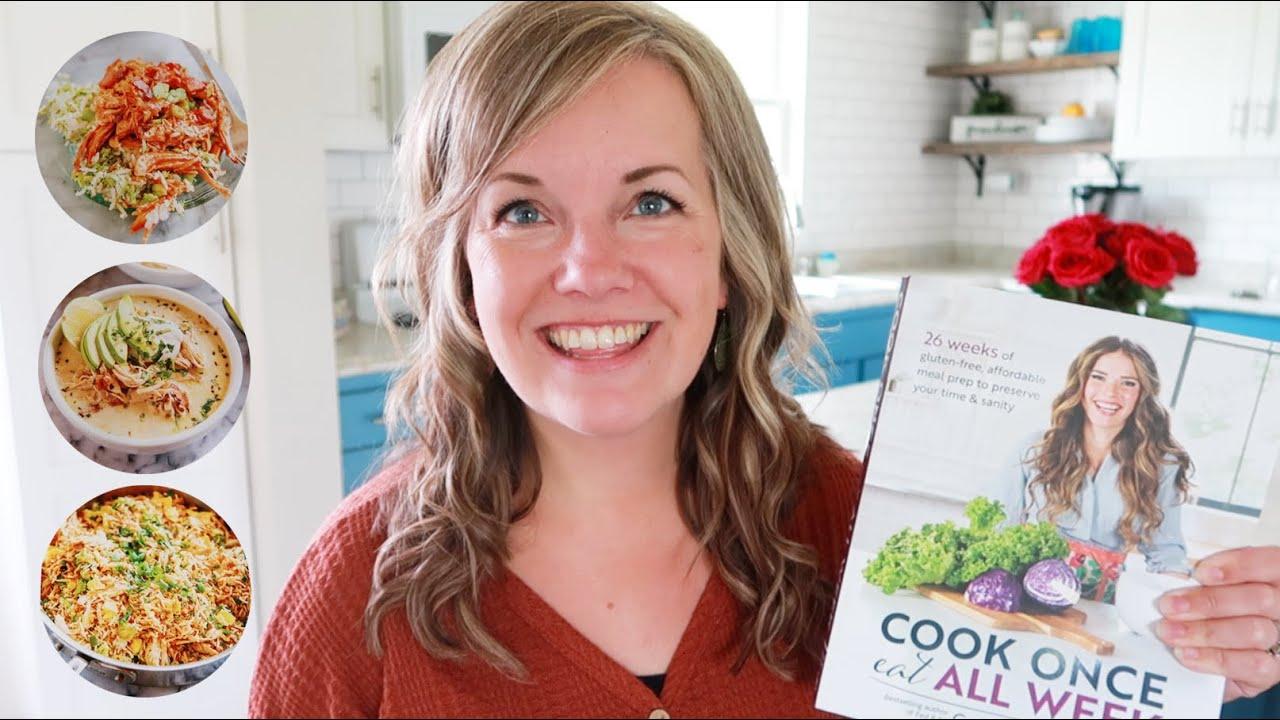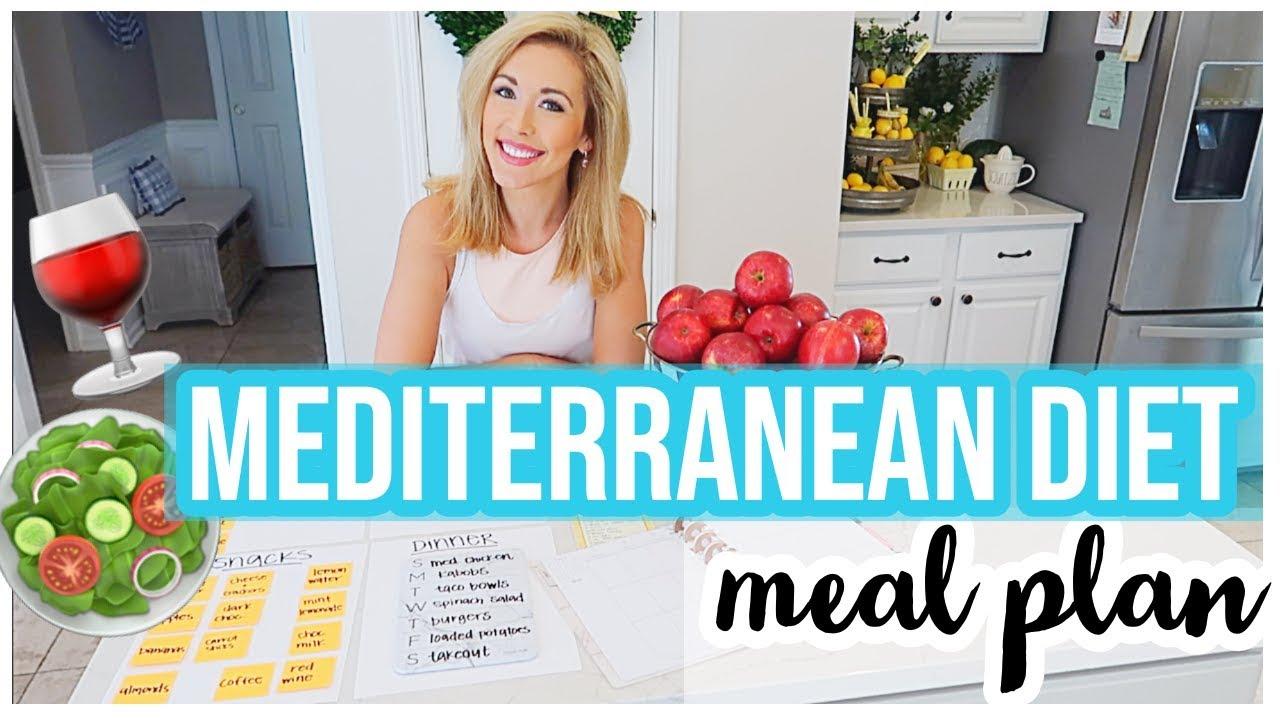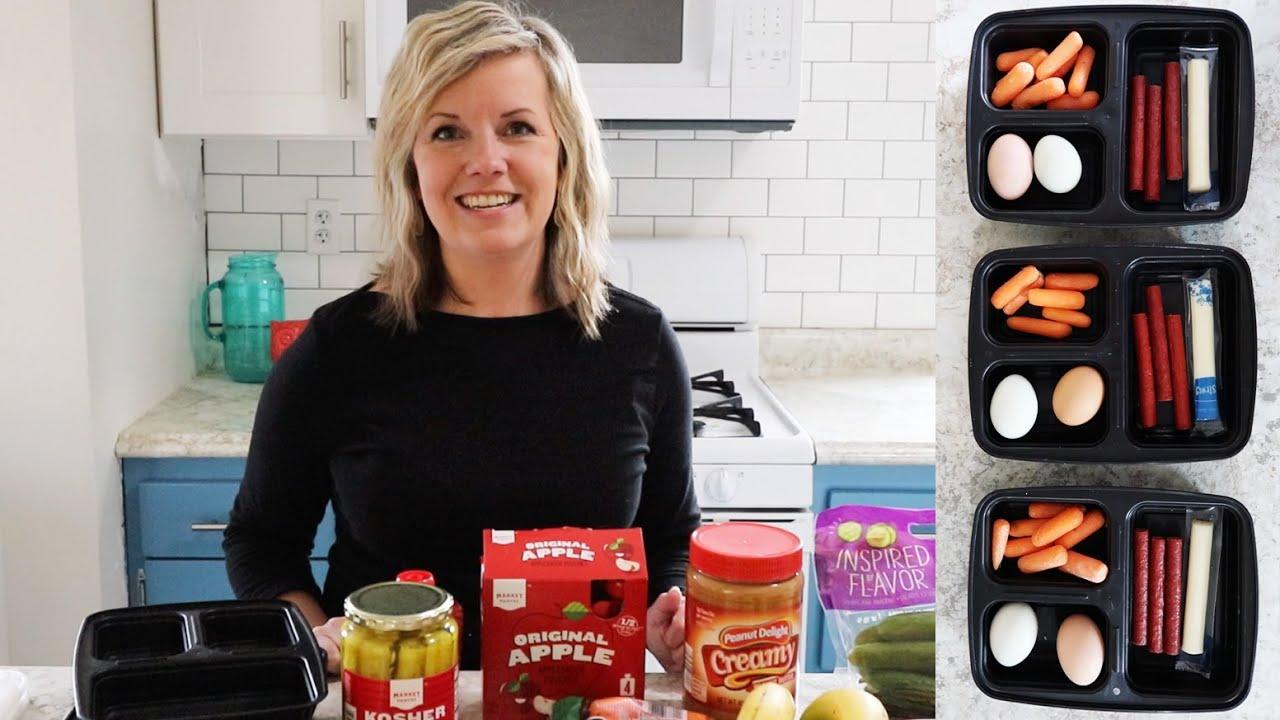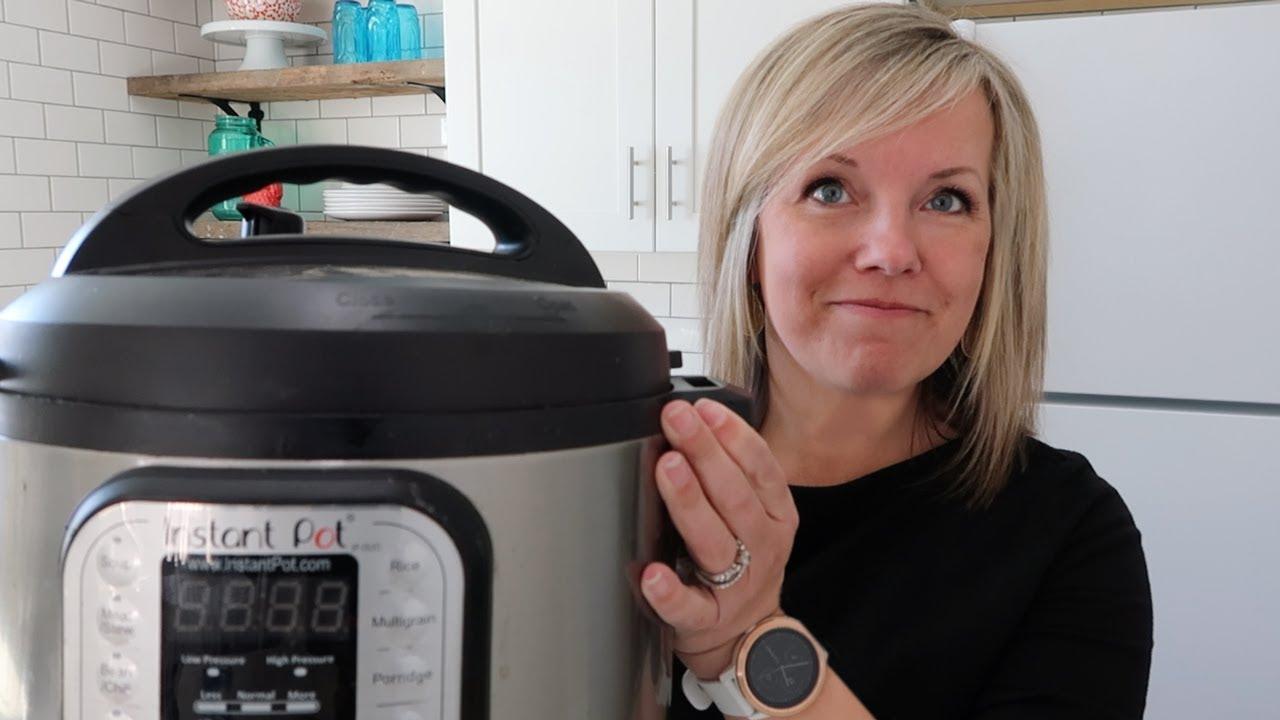Mastering the 5-Minute Reverse Meal Plan: Overcoming Past Fails

Meal planning can often feel like a daunting task, especially when past attempts have left you frustrated and overwhelmed. But what if there was a way to flip the script—one that transforms the chaos in your fridge and pantry into a streamlined, stress-free weekly plan? In this post, we dive into the insightful strategies shared by Dawn from The Minimal Mom in her video, “Mastering the 5-Minute Reverse Meal Plan: Overcoming Past Fails.” Dawn reveals how reversing the traditional meal planning approach—starting with what you already have on hand—can save time, reduce waste, and make sticking to a plan feel surprisingly achievable. Join us as we explore her practical tips for organizing perishables, getting creative with ingredients, and building a meal plan that finally works, even if you’ve struggled in the past. Whether you’re feeding a busy family or just looking to simplify your kitchen routine, this method offers a fresh perspective on fast, effective meal planning.
Table of Contents
- Unlocking the Power of Reverse Meal Planning to Maximize Your Pantry
- Transforming Perishables into Delicious, Waste-Free Dinners
- Creating a Flexible Weekly Menu That Adapts to Your Inventory
- Practical Strategies to Build a Meal Planning Habit That Sticks
- Q&A
- Closing Remarks
Unlocking the Power of Reverse Meal Planning to Maximize Your Pantry
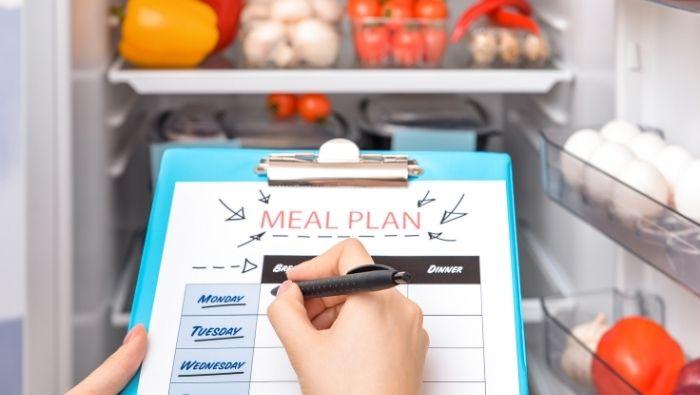
Reverse meal planning shifts the focus from “What should I buy?” to “What do I already have?” This approach is a game-changer, especially when your pantry is bursting with ingredients collected during uncertain times. Start by tackling perishables first—those fresh veggies and meats that won’t wait around. Organize your fridge compartments so produce like broccoli, bell peppers, or spinach are immediately visible, making it easier to prioritize what must get used up. Then, pair those with proteins on hand, whether it’s ground beef, sausage, or shredded chicken, to quickly brainstorm simple, crowd-pleasing recipes that prevent waste while satisfying everyone at the table.
To streamline the process, keep these tips in mind for a fast and effective reverse meal plan:
- Visual inventory: Pull out your produce bin and meat drawer to scan your supply quickly.
- Recipe matching: Think of versatile dishes that use multiple ingredients, like spaghetti or a creative meatloaf.
- Batch cooking: Plan a couple of similar meals, such as two chicken-based dishes, to use ingredients efficiently.
Experiment with combinations such as broccoli rice with shredded chicken or a cheeseburger-inspired meatloaf that caters to picky eaters, maximizing both nutrition and palatability. The goal? Finish your plan in minutes, conquer past meal-planning frustration, and truly maximize every bite stored in your pantry.
| Ingredient | Perishable Priority | Suggested Use |
|---|---|---|
| Broccoli | High | Broccoli rice bowl with shredded chicken |
| Bell Peppers | High | Stuffed bell peppers or pasta sauce |
| Ground Beef | Medium | Cheeseburger meatloaf |
| Spinach | Low | Salads or snacks |
Transforming Perishables into Delicious, Waste-Free Dinners

When it comes to making the most out of your perishables, the key is to prioritize what needs to be used first and get creative with how you combine them. Start by scanning your produce bin—the vibrant bell peppers, crisp broccoli, and wilt-prone spinach all tell a story of dinner possibilities waiting to be born. Pair these veggies with fresh proteins like ground sausage or beef already hanging out in your fridge, and suddenly classic meals like tacos or hearty meatloaf transform into your secret weapon against food waste. Think versatile: broccoli becomes a flavorful addition to a broccoli rice bowl with shredded chicken, while bell peppers star in a cozy spaghetti chicken dish inspired by your favorite cooks.
- Assess perishables first: Determine which veggies or meats must be used soon.
- Visualize meals: Match ingredients to familiar recipes that your family loves.
- Batch cook smartly: Use multiples of ingredients across a couple of dishes.
- Add snacks and sides: Items like mini cucumbers and green onions make perfect embellishments.
| Ingredient | Suggested Use |
|---|---|
| Broccoli | Broccoli rice bowl with shredded chicken |
| Bell Peppers | Pioneer Woman’s spaghetti chicken |
| Ground Beef | Cheeseburger meatloaf |
| Spinach & Green Onions | Snacks or garnish |
Creating a Flexible Weekly Menu That Adapts to Your Inventory
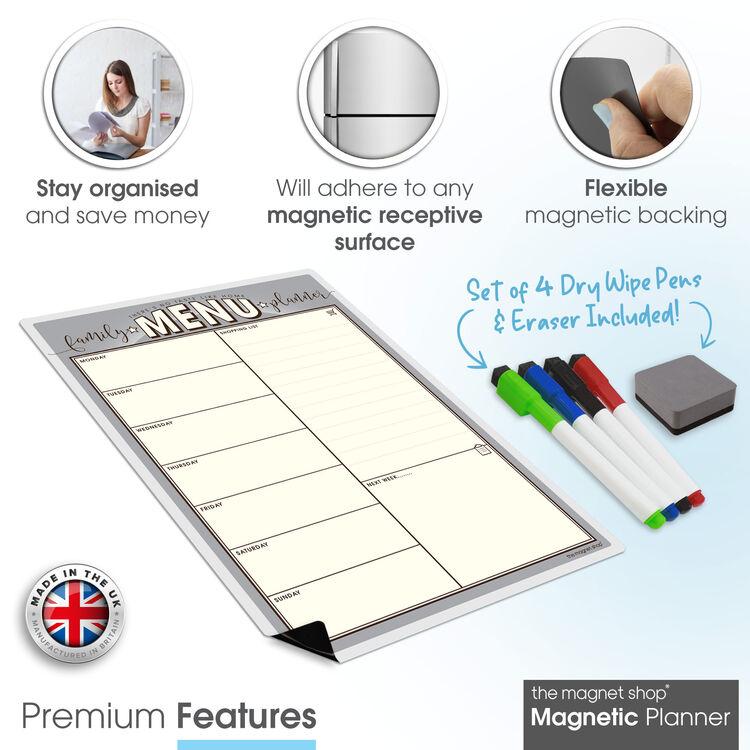
Start by taking a quick inventory of your perishables and fresh meat, focusing on what needs to be used first. Organize your fridge and pantry so that everything is visible and easy to access—this is key to avoiding wasted food. Pull out those veggies and proteins, then brainstorm recipes that will efficiently use them up. For example, bell peppers and ground sausage could become a hearty spaghetti dish, while broccoli and shredded chicken might transform into a flavorful broccoli rice bowl. This way, your weekly menu naturally adapts based on what you already have, preventing last-minute grocery runs and reducing food spoilage.
Tips for flexible meal planning:
- Prioritize ingredients nearing their expiration.
- Choose versatile recipes that can swap proteins or produce easily.
- Combine similar meals (e.g., two chicken dishes with different flavors) to keep variety without extra effort.
- Use staple garnishes (spinach, green onions, cucumbers) to refresh dishes.
| Inventory Item | Suggested Recipe | Meal Notes |
|---|---|---|
| Bell Peppers | Spaghetti with Sausage & Peppers | Comfort meal, uses ground sausage |
| Broccoli | Broccoli Rice Bowl with Shredded Chicken | Light, nutritious, and quick |
| Ground Beef | Cheeseburger Meatloaf | Kid-friendly, most loved |
Practical Strategies to Build a Meal Planning Habit That Sticks
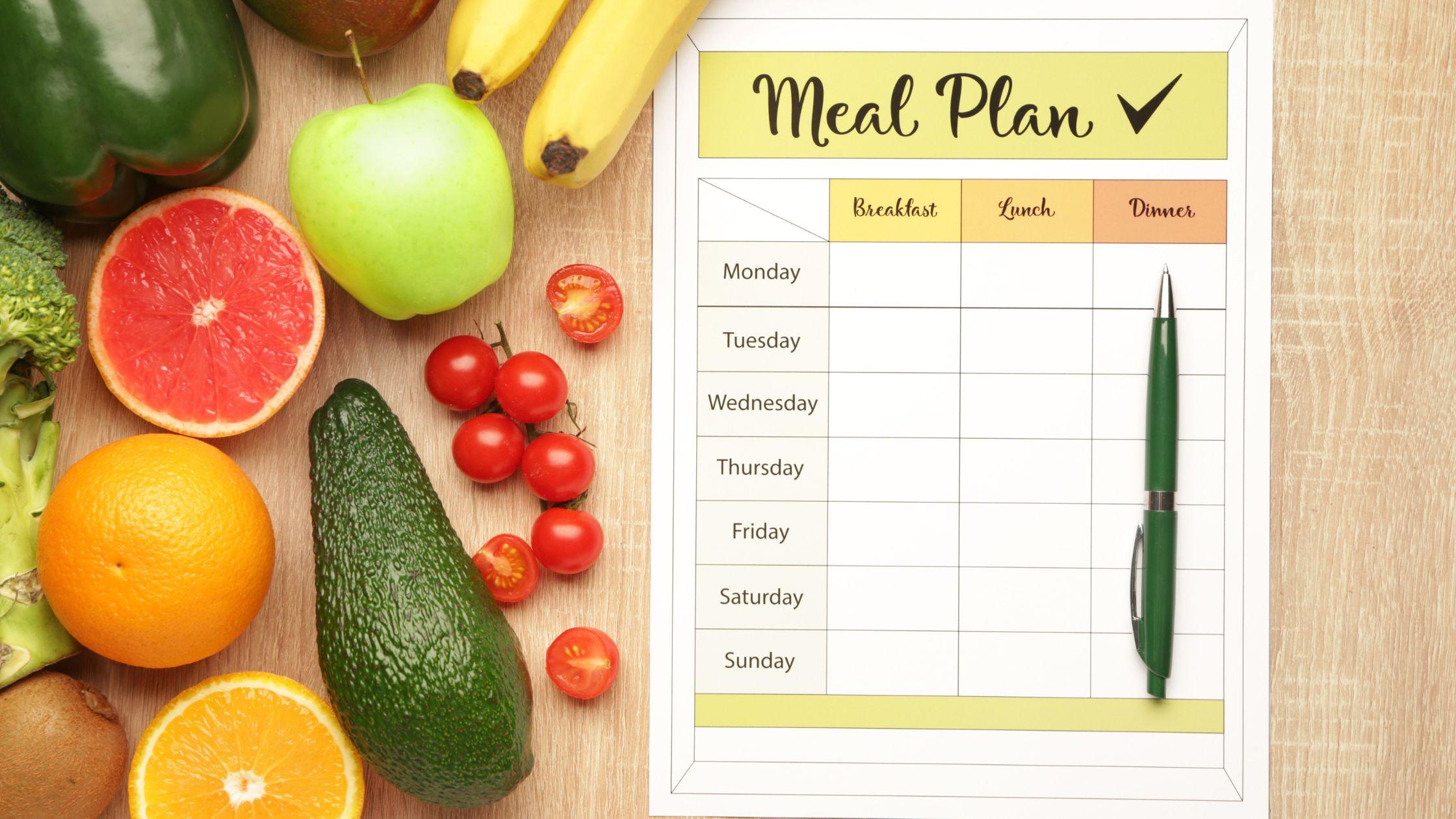
Start by taking stock of what you already have—this is the foundation of a meal planning habit that actually works. Focus on perishables first: produce and fresh meats should be your priority. Sort through your fridge and pantry to identify ingredients that need to be used up soon. This intentional approach not only reduces food waste but also simplifies decision-making. For example, if you have bell peppers, broccoli, and ground sausage on hand, plan meals around those. By using what’s already available, you’re eliminating the “what’s for dinner?” stress and making meal planning feel quick and manageable.
Bring structure to your routine with these practical tactics:
- Organize your fridge and pantry—keep similar items together so you can quickly scan and plan.
- Create theme nights (e.g., Taco Tuesday or Meatloaf Monday) that help you automatically slot in existing ingredients.
- Write down easy recipes that use your staple ingredients, making it less intimidating to put together a menu.
- Adjust plans on the fly by swapping out meals to better use what’s about to expire.
| Ingredient | Meal Idea | Benefit |
|---|---|---|
| Bell Peppers | Pioneer Woman’s Spaghetti Chicken | Uses up produce, flavorful meal |
| Broccoli | Broccoli Rice with Shredded Chicken | Healthy veggies, easy prep |
| Ground Beef | Cheeseburger Meatloaf | Family favorite, minimizes waste |
Q&A
Sure! Here’s a creative Q&A blog post based on the themes and tips from the YouTube video titled “Mastering the 5-Minute Reverse Meal Plan: Overcoming Past Fails”.
Q&A: Mastering the 5-Minute Reverse Meal Plan — Turning Past Meal Planning Fails Into Wins
Q1: What exactly is reverse meal planning?
A: Reverse meal planning flips the traditional method on its head. Instead of deciding what meals to cook first and then making a grocery list, you start by taking stock of what’s already in your fridge, pantry, and freezer. From there, you plan recipes around the items that need to be used up, especially perishables that are about to expire. This reduces waste and makes meal planning faster and more practical.
Q2: Why is reverse meal planning a game changer for busy families?
A: Because it respects real life. If you’re juggling kids, work, and household chaos, spending hours planning meals or shopping lists might feel impossible. Reverse meal planning allows you to whip up a meal plan in just minutes — literally five or less — by using what you already have, saving time, money, and stress.
Q3: The video mentions a common struggle with meal planning. What is that?
A: Many people feel like “the biggest loser” when it comes to meal planning because they can’t stick with it. Plans become overwhelming, rigid, or disconnected from the actual food available at home, leading to wasted food or abandoned meal plans altogether. This method tackles those frustrations head-on by creating flexible, simple plans that actually work.
Q4: What’s the first step in the 5-minute reverse meal plan?
A: Start by checking the perishables. Open your fridge and pull out your produce and meats. Identify the items that will spoil first and use those as the foundation of your meal plan. This prevents food waste and makes decisions easier — your plan is already dictated by what you need to use next.
Q5: How can organizing your fridge help with reverse meal planning?
A: A well-organized fridge means you can instantly see what you have without digging around or forgetting items. For example, having a designated produce bin lets you spot broccoli, bell peppers, spinach, or other veggies at a glance. This visual cue brings clarity and speeds up planning, contributing to that five-minute goal.
Q6: Can you give examples of how to turn produce and meat into meals quickly?
A: Absolutely! If you have bell peppers and ground sausage, consider a pasta dish like spaghetti with sausage and peppers. Broccoli, rice, and shredded chicken might become a quick stir fry or casserole. Ground beef can be dinner’s hero in dishes like meatloaf — or even “cheeseburger meatloaf,” a fun twist kids will love.
Q7: Are there tips to make reverse meal planning sustainable over time?
A: Yes! Keep a running inventory or use your organized fridge to check perishables regularly. Pair ingredients that commonly appear together to create “starter meal ideas” — like chicken and broccoli, or ground sausage and peppers. Make the process habitual by scheduling a quick inventory check on a certain day each week.
Q8: What mindset shift supports success with this method?
A: Embrace flexibility. Instead of longing for perfect meal plans or beating yourself up over past fails, treat meal planning as a tool that supports your life. Using what you have and adjusting recipes on the fly can free you from rigid expectations. A 5-minute plan that gets you cooking and nourishes the family is already a win.
Parting Thought:
Meal planning doesn’t have to be daunting. By mastering the reverse meal plan — starting with what you have, focusing on perishables, and keeping it simple — you reclaim time, save money, and maybe even sneak in a little fun with creative recipes that put those quarantine inventory leftovers to good use. Give it a try and watch past meal planning fails turn into wins.
Would you try a 5-minute reverse meal plan this week? Share your thoughts and tips below!
Closing Remarks
And there you have it—the essence of mastering the 5-minute reverse meal plan lies in embracing what you already have, rather than stressing about what you don’t. By focusing first on the perishables and proteins that need to be used up, you craft a practical, clutter-free approach to meal planning that feels doable and even enjoyable. Whether you’ve struggled with consistency in the past or simply want to simplify your weekly routine, this method offers a refreshing twist that turns potential meal planning fails into straightforward successes. So next time you open your fridge, take a breath, assess your inventory, and build your plan from the inside out—you might just find that meal planning doesn’t have to be so hard after all. Here’s to fewer wasted ingredients and more stress-free dinners ahead!




